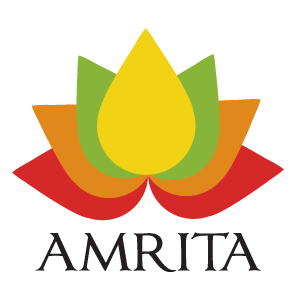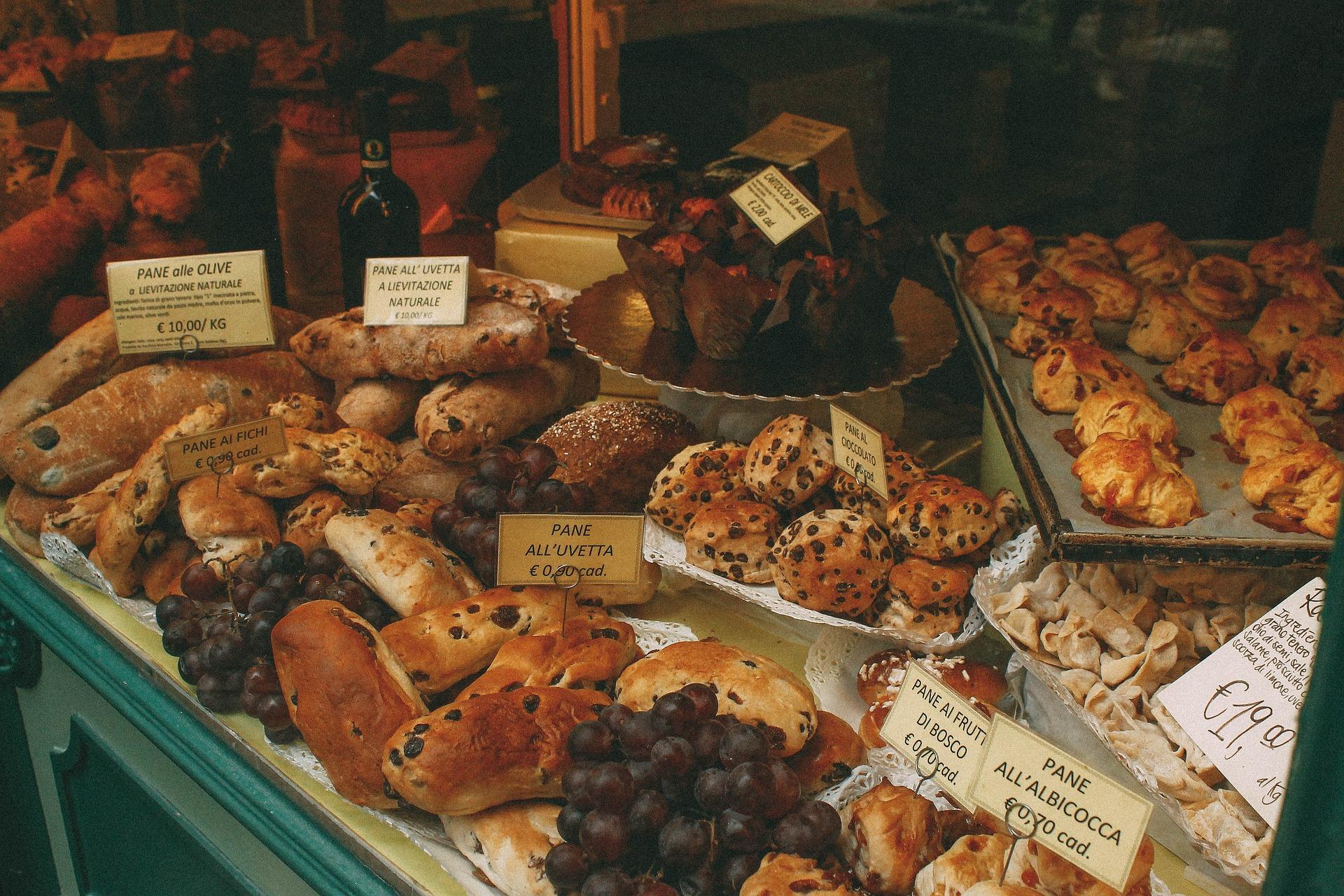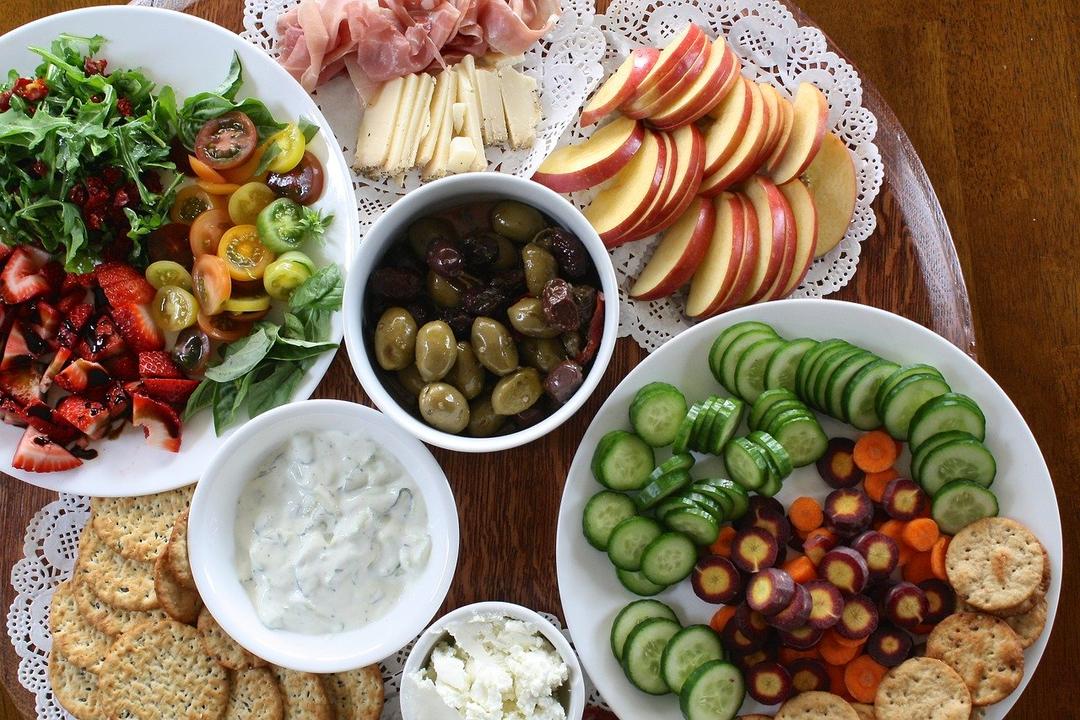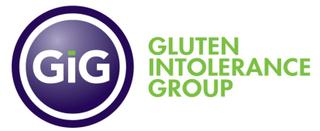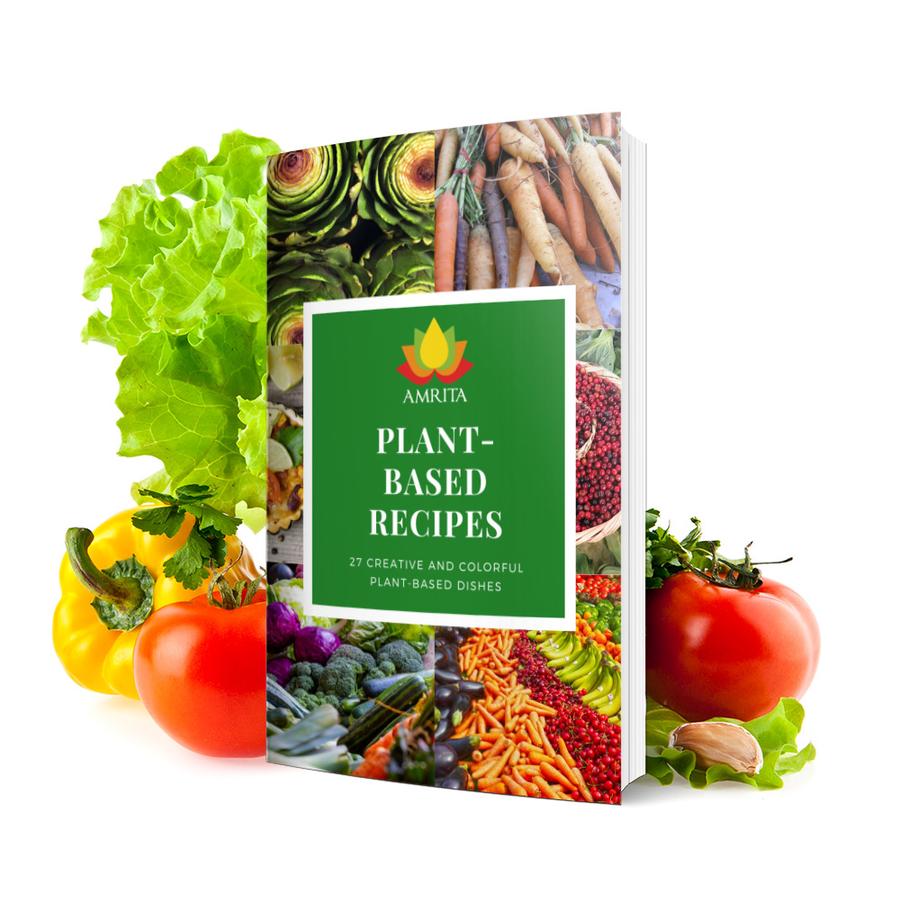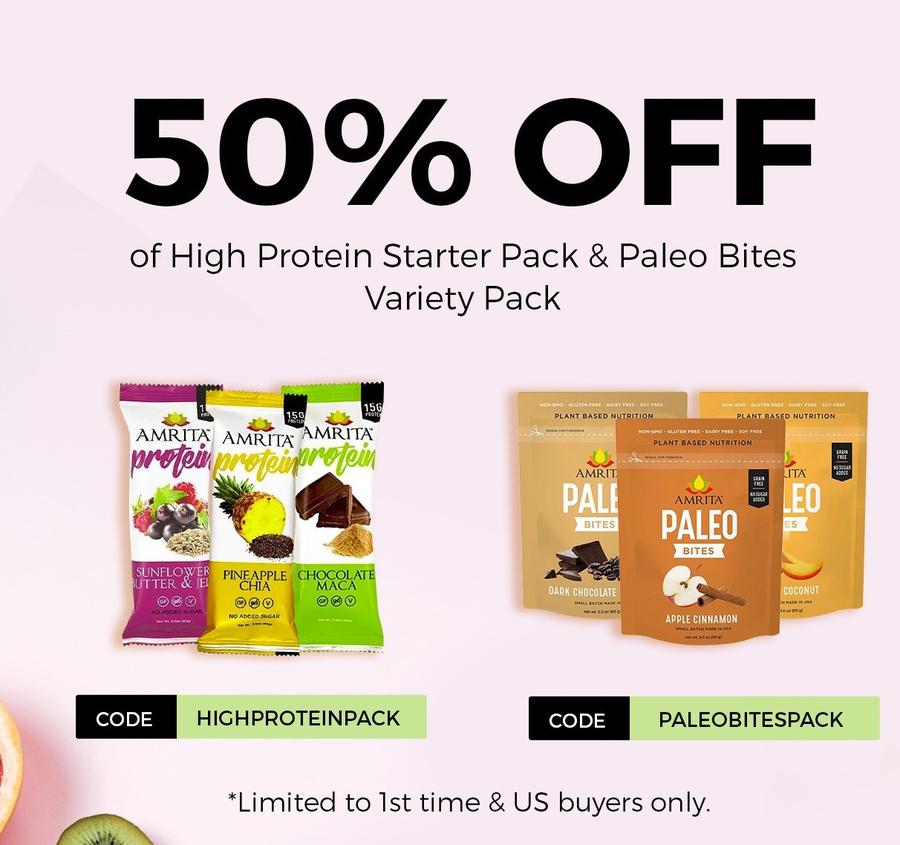F R E E S H I P P I N G O N O R D E R S $ 5 9 U P
Is Gluten Good or Bad for Your Health?
Unless you have gluten sensitivity, gluten is NOT bad.
However, people with autoimmune disease, celiac disease or gluten intolerance can have serious health issues even with small amounts of gluten.
For instance, digestive problems like abdominal pain and chronic inflammation
in the gastrointestinal tract can occur because gluten is difficult for them to absorb.
Gluten is a protein found in cereals that when combined with water, becomes glue protein. It is used as a thickener and flavoring and coloring agent.
It ensures that pastries are bound together and maintain a moist consistency and used in
almost every industrially manufactured food product.
It may also be found in medications, toothpaste and cosmetic products.
Consequently, complete avoidance of gluten is difficult.
But we're here to help!
Where is gluten found?
Most types of grain, such as wheat, spelled and rye, contain these proteins and form gluten.
Common sources of gluten are the following:
- Pizza and pastas
- Crackers
- Noodles
- Breads and pastries
- Baked goods
- Cereal and granola
- Pancakes and waffles
- Sauces and gravies
For a complete list of food containing gluten, go to: https://celiac.org/gluten-free-living/what-is-gluten/sources-of-gluten/
What foods are gluten-free?
Grains, baking needs:
Amaranth, quinoa , buckwheat, millet, potato flour, chickpea flour, rice flour, locust bean gum , soy flour, soy flakes, tapioca starch, sweet lupine flour, cassava flour, almond flour, coconut flour, chestnut flour, non-starch corn flour, non-starch bean flour, non-starch bean flour
Carbohydrates:
Corn, polenta, rice, rice noodles, potatoes, sweet potatoes, legumes (peas, chickpeas, beans, lentils), glass noodles and soba noodles.
Dairy products:
Fresh milk, UHT milk, buttermilk, thick milk, sour milk, cream, natural yogurt, crème fraîche, sour cream, condensed milk, butter, curd cheese, skyr , naturally matured cheese (Emmental, Gouda), mozzarella, cream cheese, cottage cheese , processed cheese, mascarpone.
Meat and sausages:
minced meat and meatballs
Seafood:
left in its natural state, unseasoned, canned fish like tuna.
Vegetables and herbs:
all natural and unprocessed vegetables, herbs, dried herbs without additives.
Fruits:
all natural and unprocessed fruits, pure dried fruit.
Nuts, seeds, oils and oil seeds:
all natural nuts, kernels, seeds without coating and all vegetable oils, chia seeds, sesame, linseed, psyllium husk, poppy seeds.
Beverages:
Water, coffee, juices without additives, non-flavored tea
Ready-made food:
Nut milk like coconut and almond milk, soy milk, popcorn, pickled cucumber, olives, grated coconut, frozen fruit and vegetables, jam, jelly, herbs without additives, baked cocoa, pure spices like pepper, clear vinegars, tomato paste without additives.
Sweeteners:
Table sugar, dextrose, fructose, agave syrup, honey, coconut blossom sugar, sugar substitutes like sorbitol, xylitol
Where can I buy gluten-free food?
Because more people are now sensitive to gluten or simply want a gluten-free diet due to health risks associated with gluten, gluten-free foods are now available at low prices in many supermarkets, grocery stores, and farmer's markets.
Either you will find a whole gluten-free shelf or the gluten-free food can be found in the individual product groups such as bread, pasta and breakfast cereals.
And bakeries have gluten-free bread and rolls ready!
In some large cities, there are gluten-free supermarkets!
How do I know if I have an intolerance?
If you suspect you have celiac disease or gluten intolerance, or you’ve been struggling with digestive problems, unintentionally losing weight or unable to gain weight, talk to your doctor about whether an elimination diet or genetic testing is an option for you.
Celiac disease is a serious illness that needs to be treated.
A less pronounced form of intolerance is gluten sensitivity. This has less serious consequences than celiac disease but indigestion is also noticeable.
6 Benefits of a Gluten-free Diet
How do I start a gluten-free diet?
Starting any kind of diet may sound intimidating at first, but in time everything will be a breeze. Start by stocking up on some foods from the list above.
Read your labels. To completely remove gluten from your diet, reading ingredient labels is key. However, it is unlikely that “gluten” will appear on almost all labels.
What you can do is avoid anything containing these ingredients:
- wheat
- rye
- barley
- malt
- brewer's yeast
- oats (unless specified as gluten-free)
Also, look for products labeled as “certified gluten-free”, this is a seal that certifies a product is gluten-free and not cross-contaminated.
Do the cooking yourself. Another way to start your gluten-free diet is by preparing and cooking your own meals at home.
This way, you’d know exactly what’s in your food and from this, you’d have an idea what to get in restaurants.
Get to know the alternative options of gluten-free cuisine and buy from your local market.
Although gluten is common across the food supply, there are a variety of gluten-free foods that can make it easy to switch to a gluten-free diet, so don’t worry about not finding the alternative.
Give away all things gluten. Go through your kitchen cupboards and take out everything that contains gluten.
Sort out everything and give it to friends, neighbors or social institutions.
If you live with several people in one household, set up separate storage cupboards. One cabinet or drawer exclusively for your gluten-free food, the other for the rest of the family or roommates.
Pack your own food if traveling. With a little preparation, traveling won’t be a problem. Before you go, order a gluten-free meal when booking your flight.
Some airlines may not offer this service, so prepare and pack your own meals. Make sure to inform the airline company to avoid getting held up at the check-in counter.
Word of caution: A gluten-free diet for children is not advisable unless it is medically necessary or is under the supervision of a doctor or dietician, as important nutrients may be missing if not properly planned.
Can I start a gluten-free diet even without gluten intolerance?
A gluten-free diet doesn’t necessarily mean healthy.
Switching to gluten-free may actually do more harm to people who don’t need to avoid gluten.
If you've been diagnosed with an intolerance, it makes sense to avoid gluten containing foods.
But gluten-free diets have no advantages for healthy people. Experts advise eating a healthy and balanced diet.
According to GIG (Gluten Intolerance Group), the gluten-free diet is healthier ONLY for people who have celiac disease, gluten sensitivity, and other gluten-related problems.
Here are some quick recipes you can try at home!
-
Flaxseed Curd with Blueberries
INGREDIENTS:
150 g lean curd, organic
2 tbsps linseed oil, native and organic
4 tbsps linseed, crushed / gluten-free
4 tbsps Milk 3.5%
50 g blueberries
DIRECTIONS:
- Mix lean curd, linseed oil, crushed flaxseed with milk and let it swell a little.
- Wash and dry the blueberries. Combine with the mixture.
- Enjoy your delicious and healthy flaxseed, blueberry breakfast!
-
Vegan Sweet Potato Pan with Herbs & Peppers
INGREDIENTS:
3 pcs sweet potato
2 peppers
4 pcs spring onion
2 pcs garlic cloves
5 branches of fresh parsley
5 branches fresh herbs of Provence
Salt & pepper
1 tbsp olive oil
DIRECTIONS:
- Cook sweet potatoes with skin in salted water for 10 minutes. Peel and cut into small cubes.
- Wash and core peppers. Cut into fine strips.
- Chop spring onions and parsley. Peel and press garlic cloves.
- Heat oil in a pan. Fry the sweet potatoes over medium flame.
- After 5 minutes, mix in the spring onions and garlic.
- Stir in the herbs, season with salt and pepper.
- Serve warm and enjoy!
-
Gluten-free Banana Bread
INGREDIENTS:
250 g oatmeal, gluten-free
50 g walnuts
17 g baking powder, gluten-free
1 g cinnamon
3 pcs banana
6 pcs dried dates
DIRECTIONS:
- Place the dates in a bowl and pour hot water over them to soften.
- Chop walnuts.
- Crush oatmeal in a food processor or grinder and process it into coarse flour.
- Peel the bananas and crush them with a fork.
- Mix dates and bananas in the food processor. Add water if needed.
- Mix in the baking powder, oatmeal flour, pinch of salt and banana-date mixture to make a bread dough.
- Add the chopped walnuts. Add a little cinnamon, optional.
- Line baking tin with baking paper and pour the mixture in.
- Bake the gluten-free banana bread on a medium rack at 220 C / 428 F for 25-30 minutes.
- Remove the banana bread from the mold and let it cool.
>>> For more recipes like these, check out our Recipes page.
Get Started with the Gluten-free Diet Today!
Maintaining a clean and healthy diet is difficult especially when you’re always rushing to get everyone to school or work in the mornings, preparing meals can be a luxury.
AMRITA’s protein bars and paleo bites are the perfect go-to snacks--or even breakfast-- when food preparation seems to be overwhelming.
These bars and bites are packed with high-quality proteins, essential vitamins and minerals and a variety of beneficial superfoods.
AMRITA products are carefully made with the finest raw ingredients; non-GMO, vegan, soy-free, gluten-free, dairy-free, and nut-free.
Because we understand how meal prepping and cooking with nut allergies are problematic at times, we'd like to simplify things for you, we want you to:
1. Have this 27-page allergy-friendly, plant-based recipe book for FREE! Download here: recipe book
2. Enjoy any of the Starter Packs for 50% OFF plus FREE SHIPPING!
Choose from:
High Protein Starter Pack (code: highproteinpack)
or
Paleo Bites Variety Pack (code: paleobitespack)
